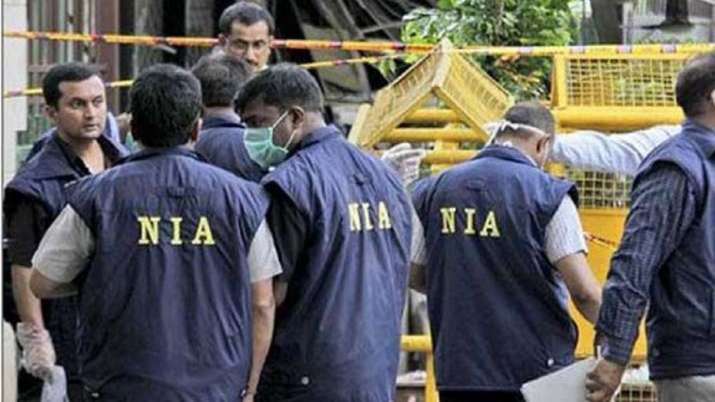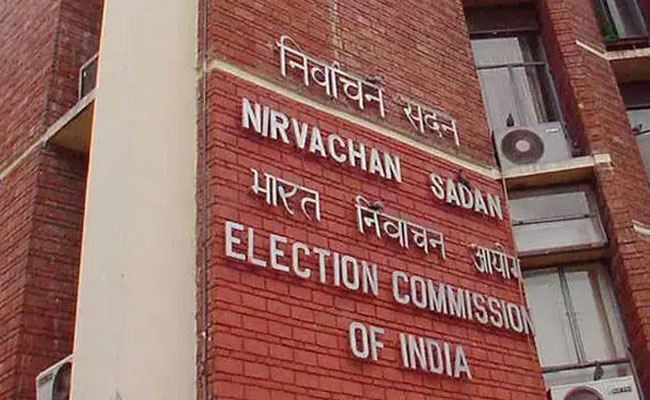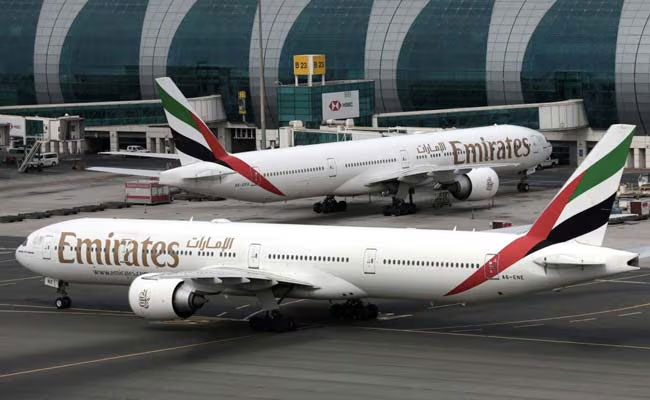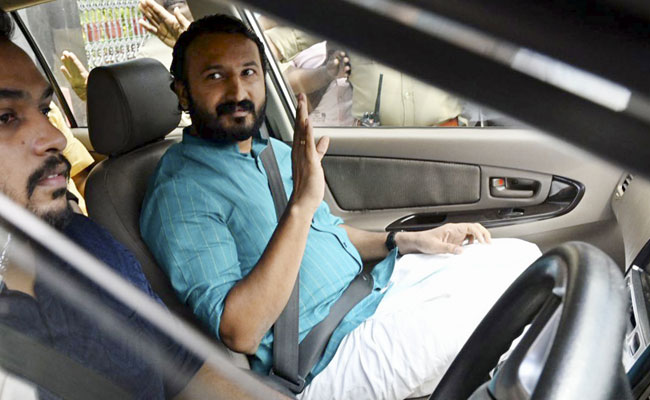New Delhi, Mar 17: National Investigation Agency (NIA) has filed a charge sheet against two alleged Islamic State operatives who were found involved in over two dozen incidents of arson and sabotage, including burning of the national flag in Karnataka, an official said Friday.
Maaz Muneer Ahmad (23) and Syed Yasin (22) of Shivamogga have been charged in a special court under various sections of the Indian Penal Code, Unlawful Activities (Prevention) Act, Explosive Substances Act and Prevention of Insults to National Honour Act, a spokesperson of the federal agency said.
The official said the case relates to a conspiracy hatched to further the activities of the banned Islamic State terror group by carrying out acts of arson, sabotage and violence in Karnataka. Further investigations against six other arrested accused are in progress.
“Ahmad and Yasin, both B Tech graduates, had been radicalised and motivated by an online foreign-based handler to target public and private properties, including warehouses, liquor outlets, hardware shops, vehicles and properties belonging to citizens belonging to a particular community. In furtherance of a conspiracy hatched by the Islamic State, they had committed over 25 incidents of arson and sabotage,” the spokesperson said.
The NIA said the level of their commitment is evident from their activities.
“Both of them went to Agumbe and Varahi river backwaters forest area of Shivamogga district for trekking and recce for hideouts. They procured explosives and prepared to fabricate an IED. Yasin conducted a trial explosion of one of the IEDs at the Varahi river bank in Shivamogga. He also burnt a national flag and recorded a video to establish his anti-India credentials,” the spokesperson said.
The official said the two terror operatives were being paid in cryptocurrencies by their online handler by fund transfers from abroad.
“Investigations have revealed that Ahmad received crypto equivalent to around Rs 1.5 lakh from the online handler into accounts of his friends, whereas Yasin received Rs 62 K into the account of a friend,” the spokesperson said.
As part of the larger IS conspiracy, the NIA said another accused in the case Mohamed Shariq had planned to carry out an IED blast at Kadri Temple, Mangaluru on November 19 last year but the device had exploded prematurely due to timer malfunction, which averted a “potential disaster”.
Let the Truth be known. If you read VB and like VB, please be a VB Supporter and Help us deliver the Truth to one and all.
Ahmedabad (PTI): The ongoing Special Intensive Revision (SIR) of the electoral rolls in Gujarat has revealed that more than 17 lakh deceased voters were still included in the existing voter list across the state, a release by the office of the Chief Electoral Officer (CEO) has stated.
According to the release issued on Thursday, the SIR exercise started in Gujarat on November 4 with booth-level officers (BLOs) distributing enumeration forms in their designated areas.
The campaign will continue till December 11.
"In the last one month, enumeration forms have been distributed to more than five crore voters registered in the 2025 electoral roll. In most of the 33 districts, 100 per cent of the distribution has been completed. Work on digitising the returned forms is currently underway. So far, the digitisation work has been completed in 12 out of 182 assembly constituencies," it said.
These include Dhanera and Tharad of Banaskantha district, Limkheda and Dahod (ST) of Dahod district, Bayad of Aravalli district, Dhoraji, Jasdan and Gondal of Rajkot district, Keshod of Junagadh district, Mehmadabad of Kheda district, Khambhat of Anand district and Jalalpore of Navsari district.
Dang district is at the forefront in this work with 94.35 per cent digitisation of the counting forms, said the release.
"During this exercise, it was revealed that 17 lakh deceased voters were still included in the electoral roll across the state. More than 6.14 lakh voters were found absent from their addresses. It has been noticed that more than 30 lakh voters have permanently migrated," the release said.
BLOs found more than 3.25 lakh voters in the "repeated" category, which means that their names figured at more than one place, the release stated.





